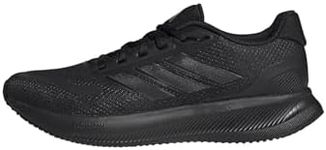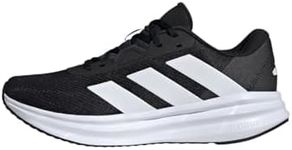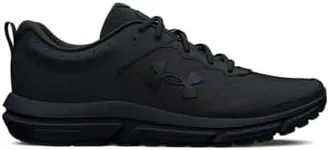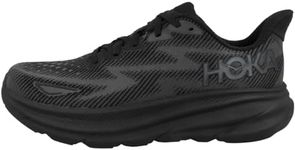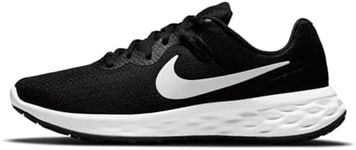Buying Guide for the Best Men's Running Shoes
Choosing the right pair of men's running shoes is crucial for comfort, performance, and injury prevention. The right shoes can make a significant difference in your running experience, whether you're a casual jogger or a seasoned marathoner. When selecting running shoes, consider your running style, the surfaces you run on, and any specific needs or issues you might have, such as flat feet or a tendency to overpronate. It's important to try on different models and sizes, ideally at the end of the day when your feet are slightly swollen, to ensure the best fit.CushioningCushioning in running shoes refers to the material used in the midsole to absorb impact. This is important because it helps reduce the stress on your joints and muscles during running. Cushioning can range from minimal to maximum. Minimal cushioning is often preferred by those who want a more natural running feel and are used to running on softer surfaces. Moderate cushioning is suitable for most runners, providing a balance between comfort and responsiveness. Maximum cushioning is ideal for those who run long distances or have joint issues, as it offers the most shock absorption. Consider your running distance, surface, and personal comfort preference when choosing the level of cushioning.
SupportSupport in running shoes is about how well the shoe helps maintain your foot's natural alignment during running. This is crucial for preventing injuries, especially if you have specific foot mechanics like overpronation (foot rolls inward) or supination (foot rolls outward). Shoes can be categorized into neutral, stability, and motion control. Neutral shoes are for runners with a normal arch and no significant pronation issues. Stability shoes offer added support for mild to moderate overpronators. Motion control shoes provide maximum support for severe overpronators. Understanding your foot type and gait can help you choose the right level of support.
FitThe fit of a running shoe is how well it conforms to the shape of your foot. A good fit is essential to prevent blisters, discomfort, and injuries. Running shoes should have a snug fit around the heel and midfoot, with enough room in the toe box to wiggle your toes. Sizes can vary between brands, so it's important to try on shoes and walk or jog in them to ensure they feel right. Consider the width of your foot as well, as some shoes come in wide or narrow options. Always prioritize comfort and ensure there's about a thumb's width of space between your longest toe and the end of the shoe.
DurabilityDurability refers to how long the running shoes will last before they need to be replaced. This is important for cost-effectiveness and ensuring consistent performance. Durability is influenced by the materials used in the shoe's construction, particularly the outsole and upper. Shoes with thicker rubber outsoles and reinforced uppers tend to last longer. However, more durable shoes might be heavier, so consider your running frequency and style. If you run frequently or on rough terrain, prioritize durability. For occasional runners or those on softer surfaces, lighter shoes with moderate durability might suffice.
BreathabilityBreathability in running shoes refers to how well the shoe allows air to circulate, keeping your feet cool and dry. This is important for comfort, especially during long runs or in hot weather, as it helps prevent blisters and overheating. Breathable shoes typically have mesh uppers that allow for better airflow. If you tend to run in warm climates or have sweaty feet, prioritize shoes with high breathability. In cooler climates or for short runs, breathability might be less of a concern, and you might opt for shoes with more insulation.
